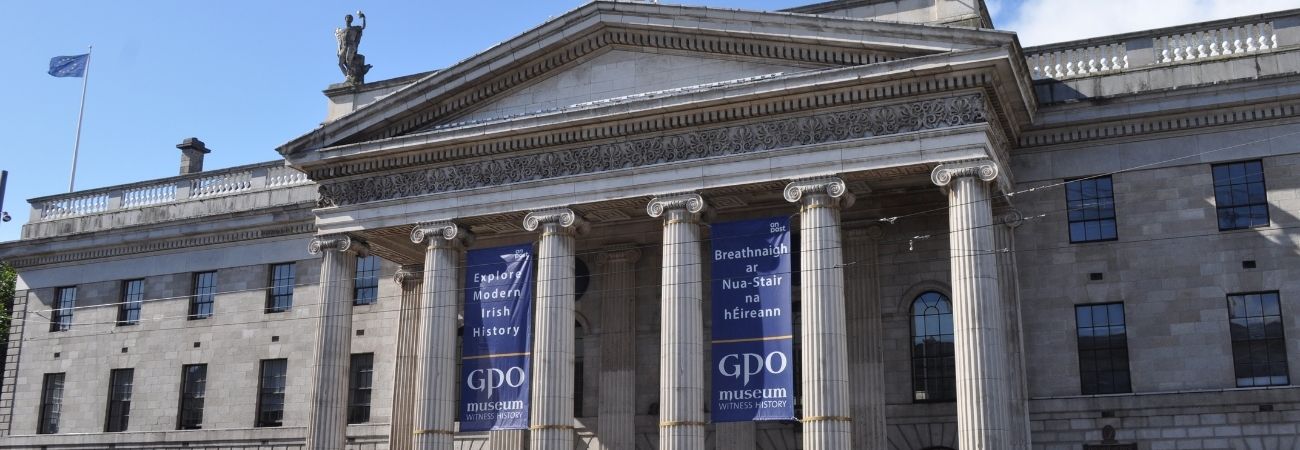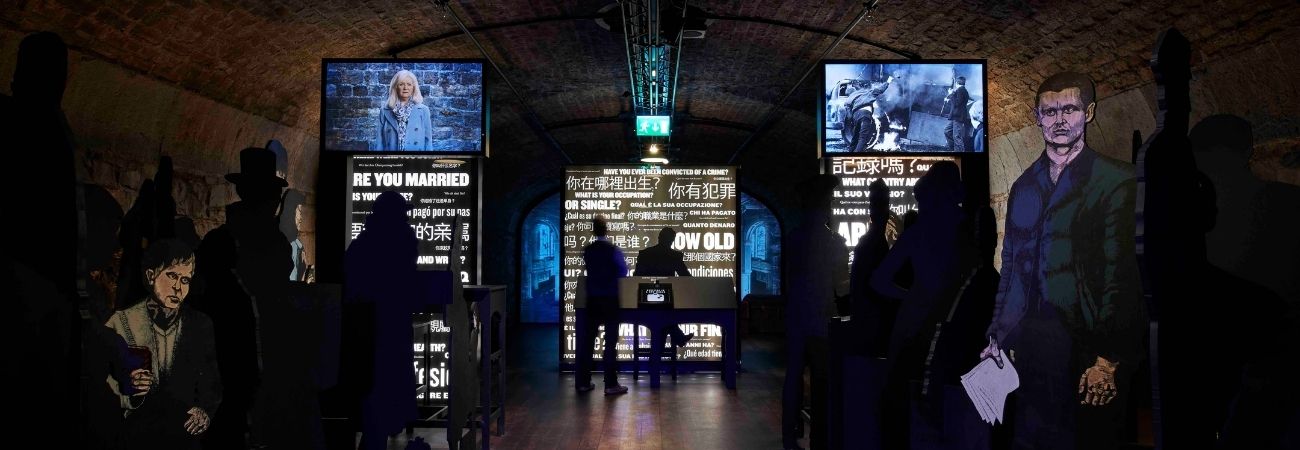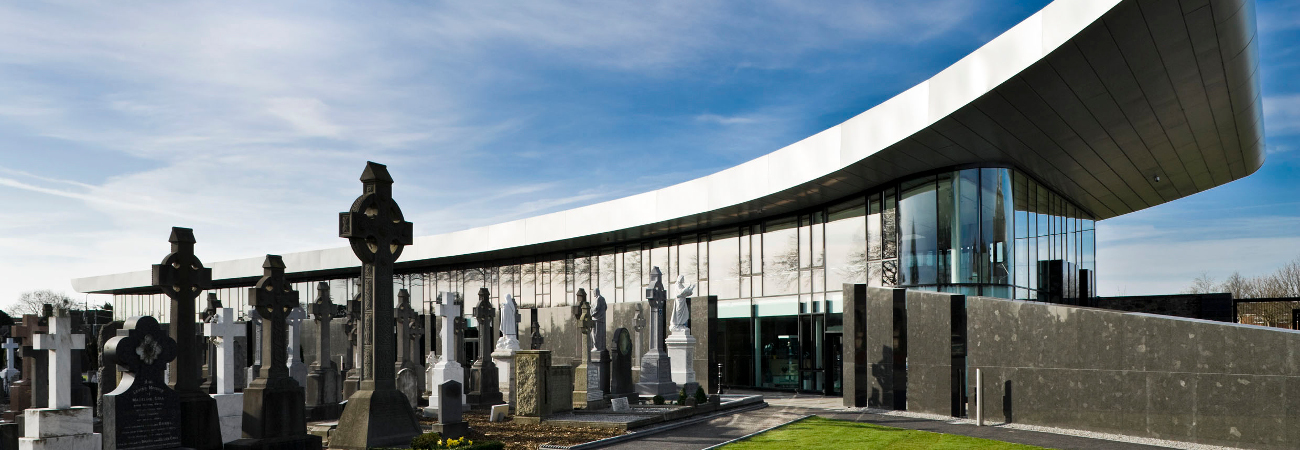The Museum is repository for all archaeological objects found in Ireland and home to over two million artefacts.
The Museums exhibitions include the finest collection of prehistoric gold artefacts including early work in gold, church treasures and the Viking and medieval periods, outstanding examples of metalwork from the Celtic Iron Age and the Museum’s world-renowned collection of medieval ecclesiastical objects and jewellery. There are special displays of items from Egypt, Cyprus and the Roman world, and special exhibitions are regularly mounted.
The period covered by the exhibitions extends from the Mesolithic through to the end of the medieval period and houses such famous pieces as the 8th century Ardagh Chalice, the Tara Brooch, as well as the Broighter Gold and the Derrynaflan Hoard, all famous examples of early medieval metalwork in Ireland. The shrine of St Patrick's Bell from the 11th century as well as prehistoric ornaments from the Bronze Age are also on show.
Many of these pieces were found in the 19th century by peasants or agricultural labourers, when population expansion led to cultivation of land which had not been touched since the Middle Ages. Indeed, only for the intervention of George Petrie of the Royal Irish Academy, and other individuals from the Royal Society of Antiquaries of Ireland, most of the metalwork would have been melted down for the intrinsic value of its materials, and these priceless, historic items lost forever. Thankfully, contemporary Irish are more tuned to their heritage, as can be seen in the example of the Irish Bog Psalter, which was discovered and reported by an alert machine operator in July 2006.
The Museum itself is an architectural landmark; it was custom-built as a museum and opened its doors to the public on 29th August 1890. It is built in the Victorian Palladian style and has been compared with the Altes Museum in Berlin. Neo-classical influences can be seen in the colonnaded entrance and the domed rotunda, which rises to a height of 20 metres and is modelled on the Pantheon in Rome. The interior is just as impressive with classical columns, groups of cherubs, splendid mosaic floors, majolica fireplaces and the richly carved wooden doors. The design is truly splendid and is as popular with visitors as the museum collection itself.
Admission Fees:
free of charge
Opening Hours:
Tuesday to Saturday: 10am to 5pm
Sunday and Monday: 1pm to 5pm
Location:
The National Museum of Ireland,
Museum of Archaeology,
Kildare Street,
D02 FH48
The National Museum of Ireland is located 25 minute walk or 13 minute walk from the hotel.
Public transport can also be taken, our front desk staff will be able to guide you on these.


